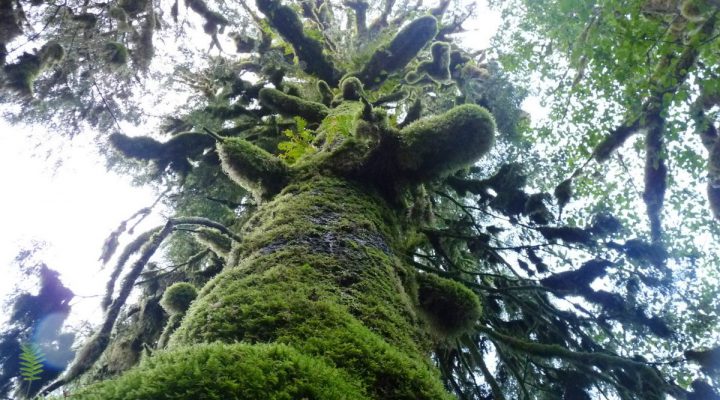
B.C. has missed another deadline to protect old-growth forests from logging, as protests continue at Fairy Creek without any end in sight.
Forests Minister Katrine Conroy had promised to defer additional parcels of old-growth forest from logging by the end of summer.
“Following ongoing engagement with Indigenous rights and title holders, and guided by science, more deferrals will occur this summer,” she wrote in an op-ed June 4.
But summer ended last week without any government announcements.
“Yes, we had hoped to bring forward more deferrals this summer and we are as disappointed as everyone else this was not able to happen,” Conroy said in a statement to CHEK News.
“I recognize people are frustrated about how long this process is taking, but there are no easy solutions to this decades old issue.”
Conroy said a new government-appointed “technical advisory panel” of experts, set to identify the most at-risk old growth forests and better define the areas needing protection, has “provided government with a significant amount of data.”
“We have asked the panel to do some additional work and we are waiting for this information,” she said. “We are completing our review of the materials as quickly as possible.”
Meanwhile, RCMP in its most recent update reported five additional people arrests at Fairy Creek — part of 1,096 arrests during more than a year of protests against old-growth logging at the site.
In June, the B.C. government deferred logging in 2,000 hectares around the Fairy Creek watershed and central Walbran area for two years, as part of an agreement with the Pacheedaht, Ditidaht and Huu-ay-aht First Nations to develop an Indigenous-led forestry plan and reconciliation framework.
But protesters in the area argued it was not enough and did not protect the entire Fairy Creek area.
B.C. Green Party leader Sonia Furstenau said government knows what it has to do based on previous studies and reports, but is choosing not to act.
“We are seeing stalling and delay tactics from this government,” said Furstenau.
“What are they doing? How many more reports, experts, scientists, do they need to tell them that old growth is exceedingly rare, at risk, there are endangered species in these old growth forests that need to be protected, and importantly, these old growth forests need to be protected.”
Premier John Horgan said last week his government is trying to move on the issue but it finds the subject complicated. He also criticized the federal government for offering $50 million toward old-growth protection, saying it should add another zero to the total and come up with $500 million if it truly wants to help the province.
“Change does take time,” said Horgan. “It may feel glacial to those who are waiting for instant gratification, but we have a lot of work to do and we’ve made some significant progress.
“For example, the Fairy Creek watershed has been deferred. There is no logging going on at Fairy Creek. The central Walbran is also deferred, as a result of consultation with the title holders, the Pacheedaht First Nation.”
Furstenau said that’s not entirely accurate, and that logging at at-risk areas around Fairy Creek continues because the province chose not to defer the entire area.
Conroy said even once the expert panel provides better definition of old-growth areas, the government still requires additional work before it can announce deferrals and must prioritize First Nations consultation before making any announcements.
“The panel’s data is focussed on the ecological aspects of old growth and we must also apply a socio-economic lens ourselves,” she said.
“Once finalized, this information will help us develop the best plan for managing old growth ecosystems and prioritize certain areas for a pause in logging activity while we work out the details of a new, more balanced approach to forest management.”
The B.C. government in 2020 deferred 353,000 hectares of old growth from logging at nine locations, but it was widely criticized by environmental groups as inadequate because only a small fraction of that land was actually high-productivity old-growth forest at risk of logging.




